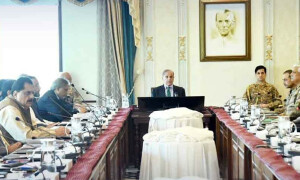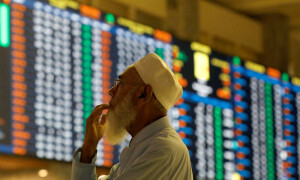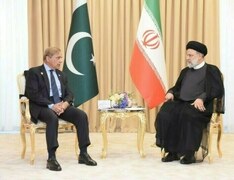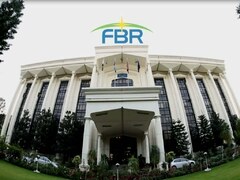Electricity tariffs are not going to go up in FY22. This is the loud and clear message from the budget document. The budgeted subsidy for the upcoming fiscal year has been earmarked at a mammoth Rs596 billion. For context, the 5-year average power sector subsidy (actual, not budgeted) is Rs213 billion. Stretch it 13 years back to FY0 9, and power subsidy averages Rs247 billion a year. By all accounts, Rs596 billion is unprecedented.
More than the amount, it is the composition that matters the most. Since FY09, inter-disco tariff differential has been the bulk of power subsidies with 80 percent share in total subsidies, with subsidy for K-Electric, AJ&K, and tube wells making up the rest. The ongoing fiscal year’s revised subsidy numbers have shot up by a massive 163 percent from budgeted (10-year average: 70%). And the inter-disco tariff differential subsidy, despite breaching the budgeted amount by 74 percent – only had 50 percent share in the total subsidy.
There are numerous new entries in power sector subsidy – and rightly so. In yesteryears, budgeted amounts were always kept unrealistically low, given the ground realities. An average 74 percent overrun of the budgeted amount in the last 13 years is a good enough example.

Payment to IPPs is budgeted at Rs136 billion. This presumably pertains to the government’s MoUs with the IPPs, were dues worth Rs425 billion are slated to be cleared. Another Rs118 billion have been earmarked for Power Holding Company under the Circular Debt Management Plan (CDMP). None was budgeted under this head last year, but the revised documents show Rs46 billion for PHPL in FY21. The PHPL is aimed at securing financing for the power sector. It is a shame that the CDMP is not in public domain, to allow substantial commentary on the allocation of a rather substantial amount to PHPL.
The inter disco tariff differential at Rs184 billion seems to cover the now delayed proposed base price increase – at Rs1.8 per unit. There seems to be adequate allocation made for K-Electric under tariff differential, which is more than three times higher than FY21 at Rs56 billion. There is clear indication the national grid will be supplying significantly greater amount of electricity to KE, going forward.
The previously unbudgeted and often unfunded subsidies have now also found the way into budget documents and should serve as a clear policy indication for the industrial sector. Rs63 billion have been set aside for industrial support, of Rs37 billion are kept for industrial support package, whereas Rs26 billion are for zero-rated industries, to maintain power tariffs at regionally competitive rates.
If quarterly adjustments do not get delayed further in FY22, the budgeted amount should be adequate to keep the circular debt flow in check. The hefty amount for power subsidy should also serve as an eyeopener for policymakers of yesterday, today, and tomorrow. Now that all possible avenues have been funded, the focus should now turn towards efficiency, and improving demand. Pakistan does not have the luxury to dole out amounts of this magnitude every other year. They have got the breather. Reforms must now show.



























Comments
Comments are closed.